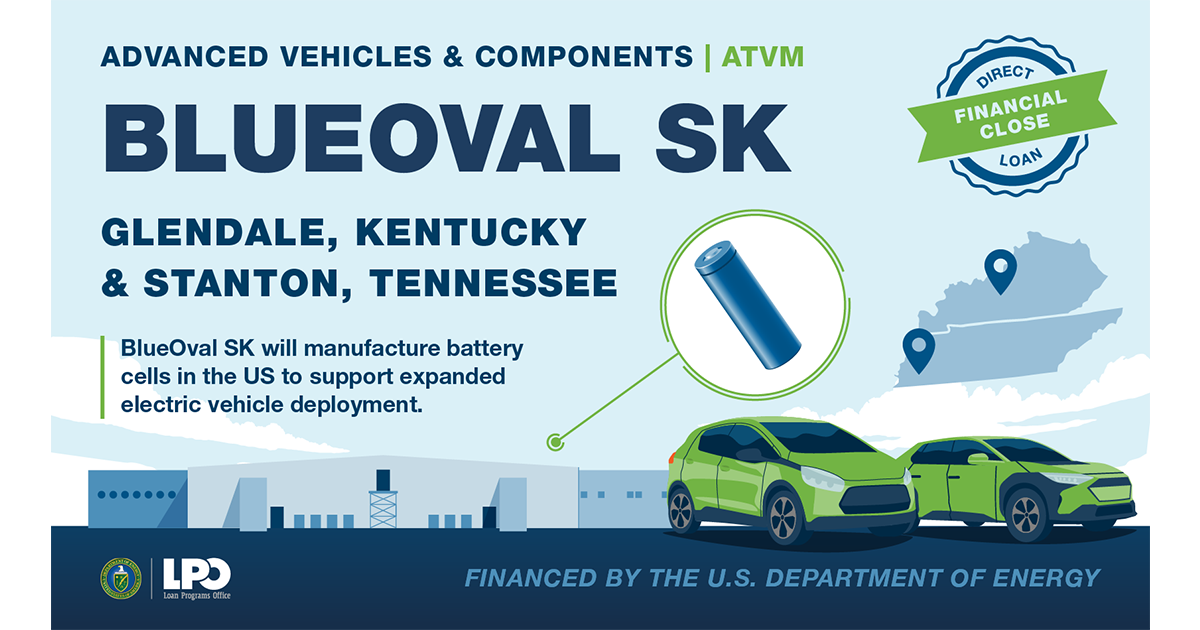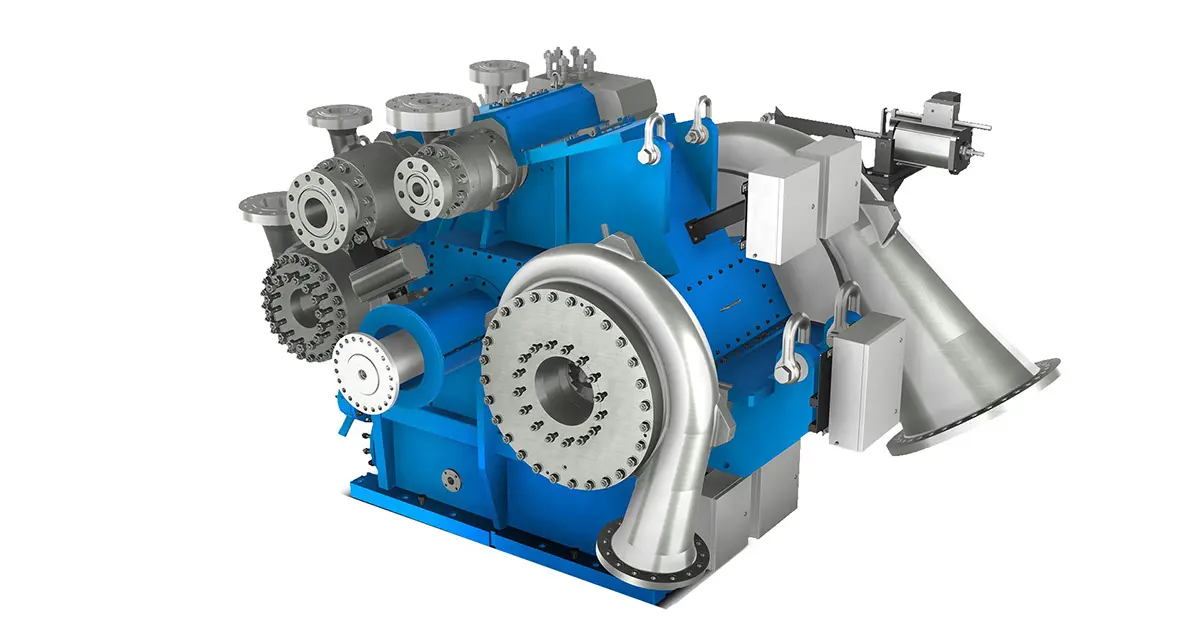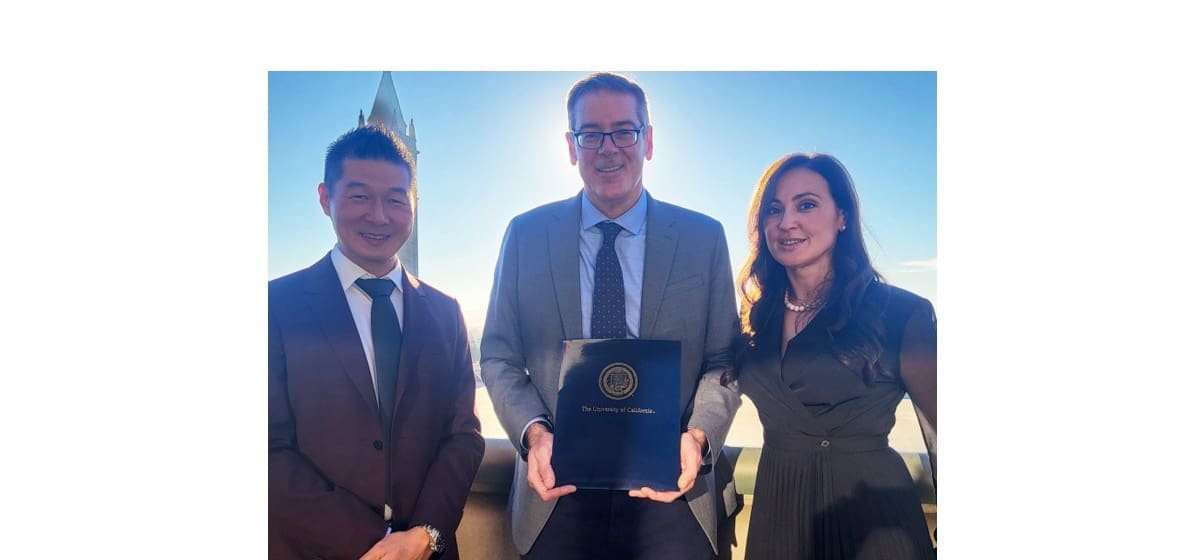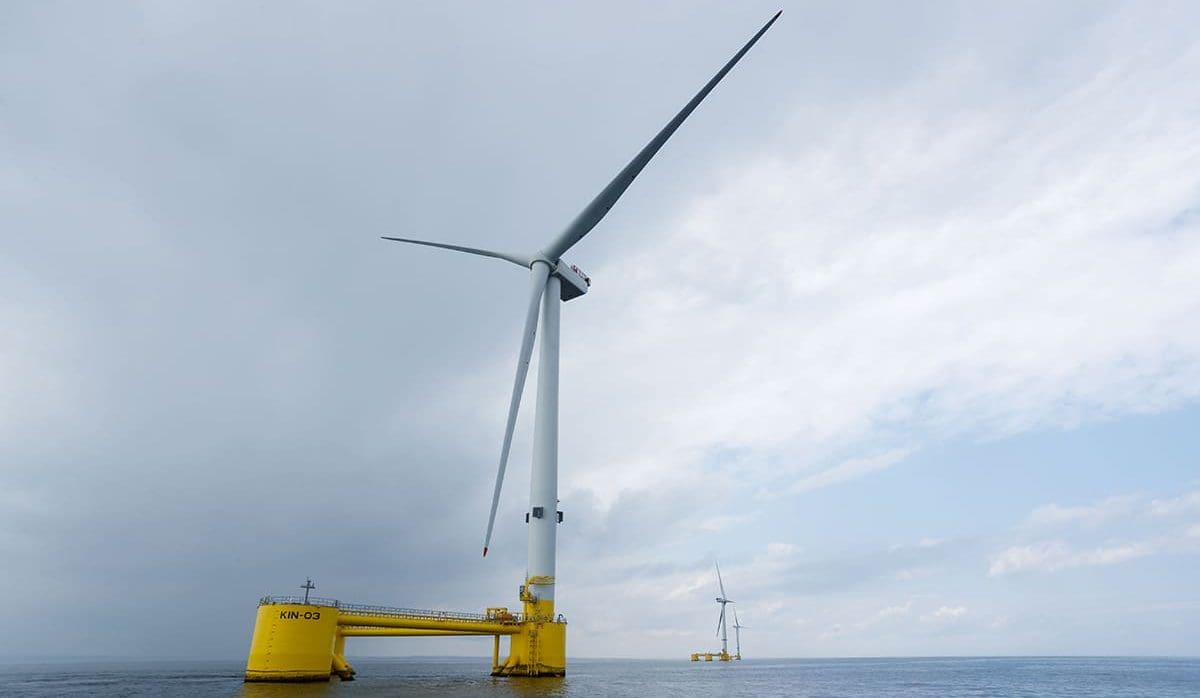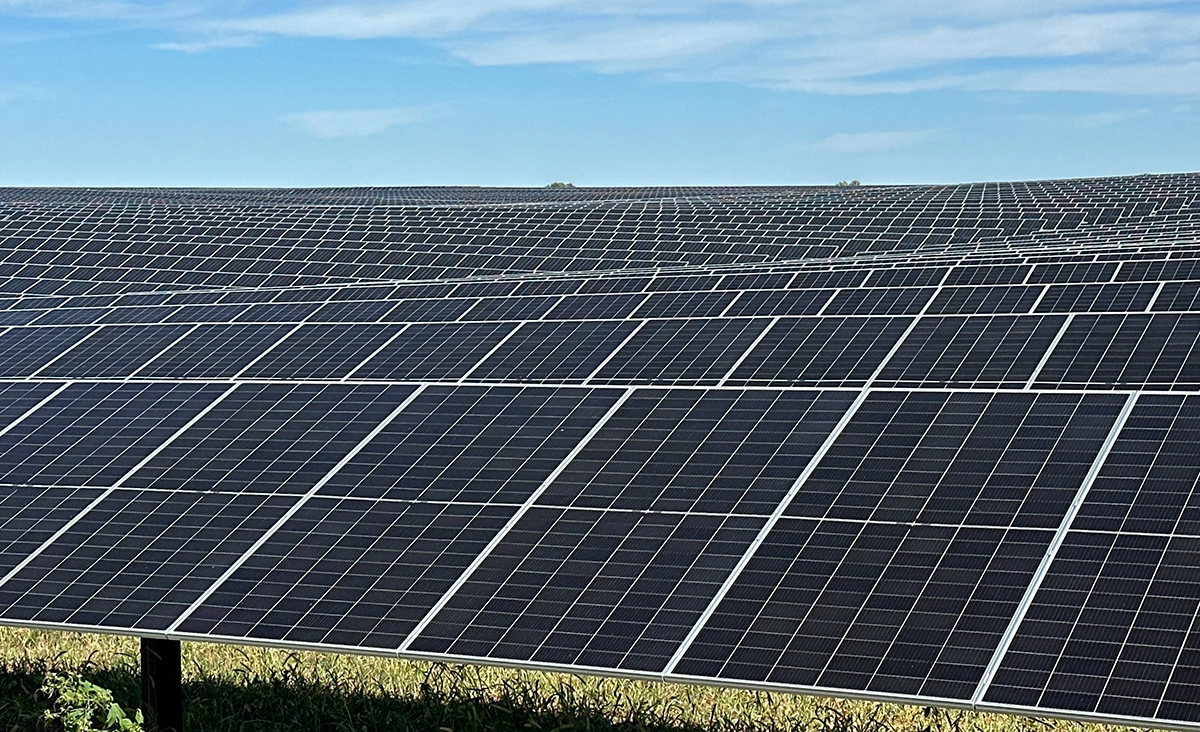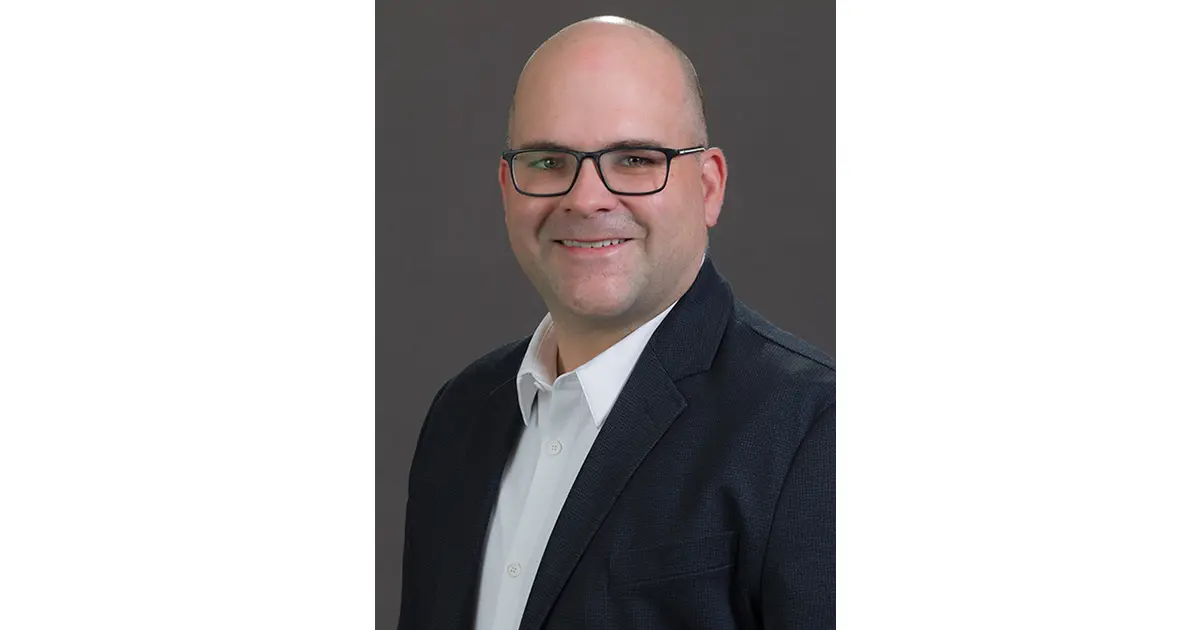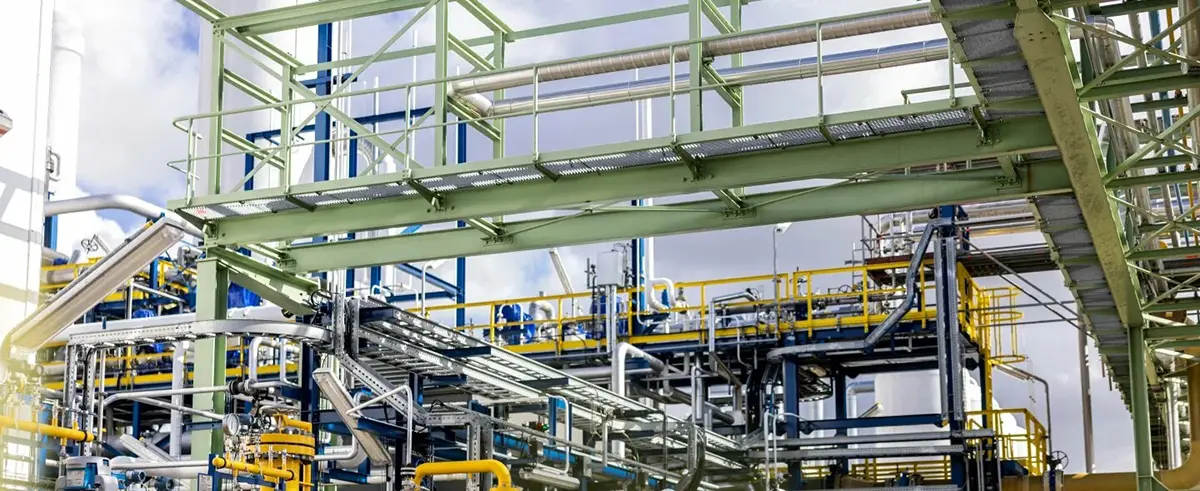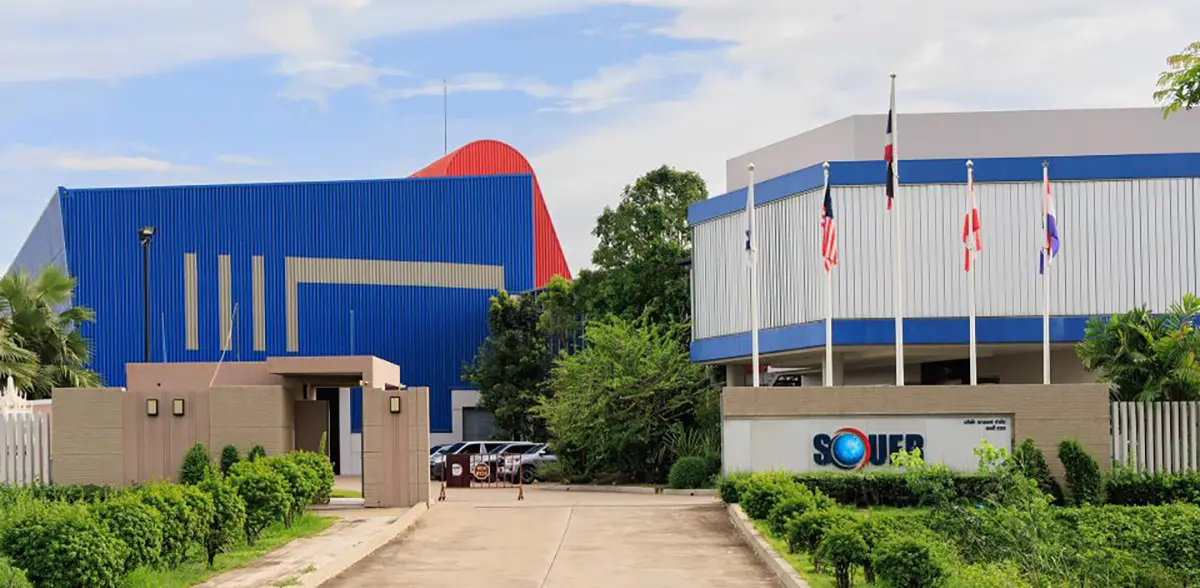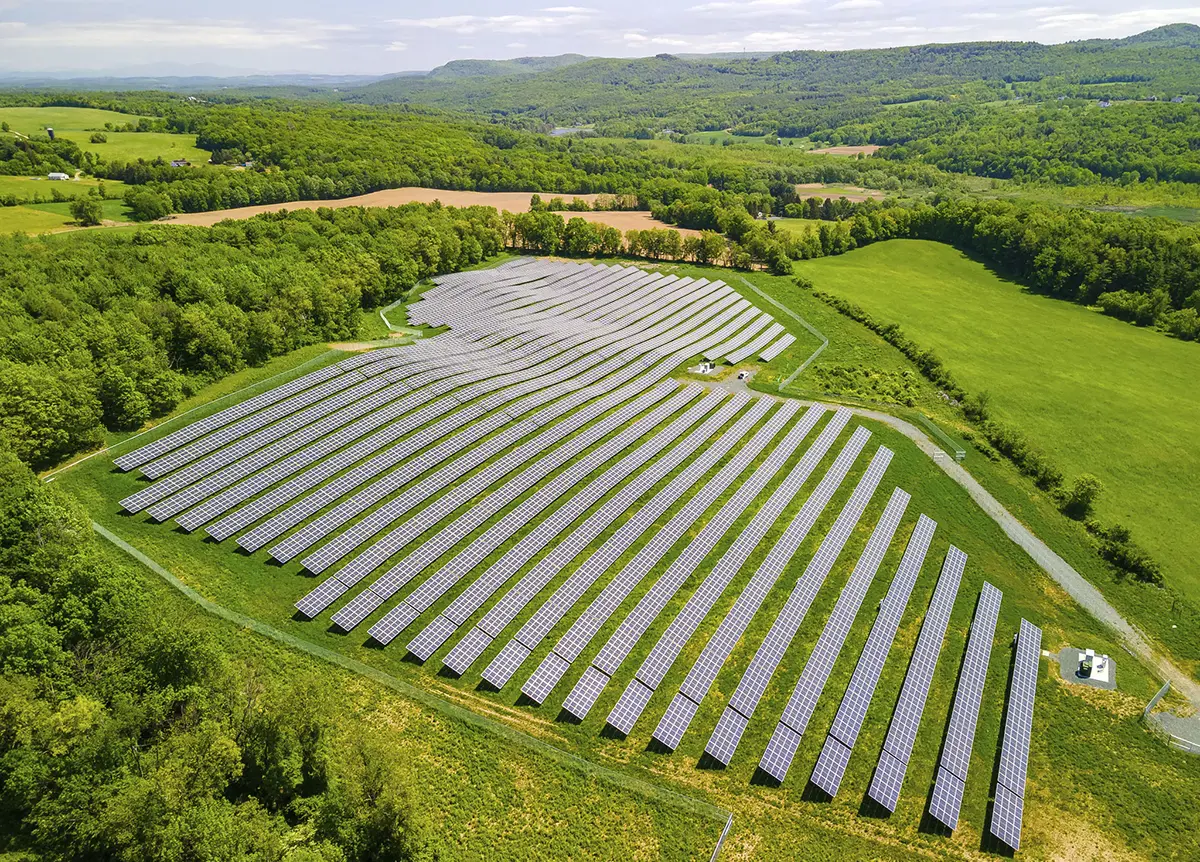
Danish CCS Hub Takes A Major Leap Forward
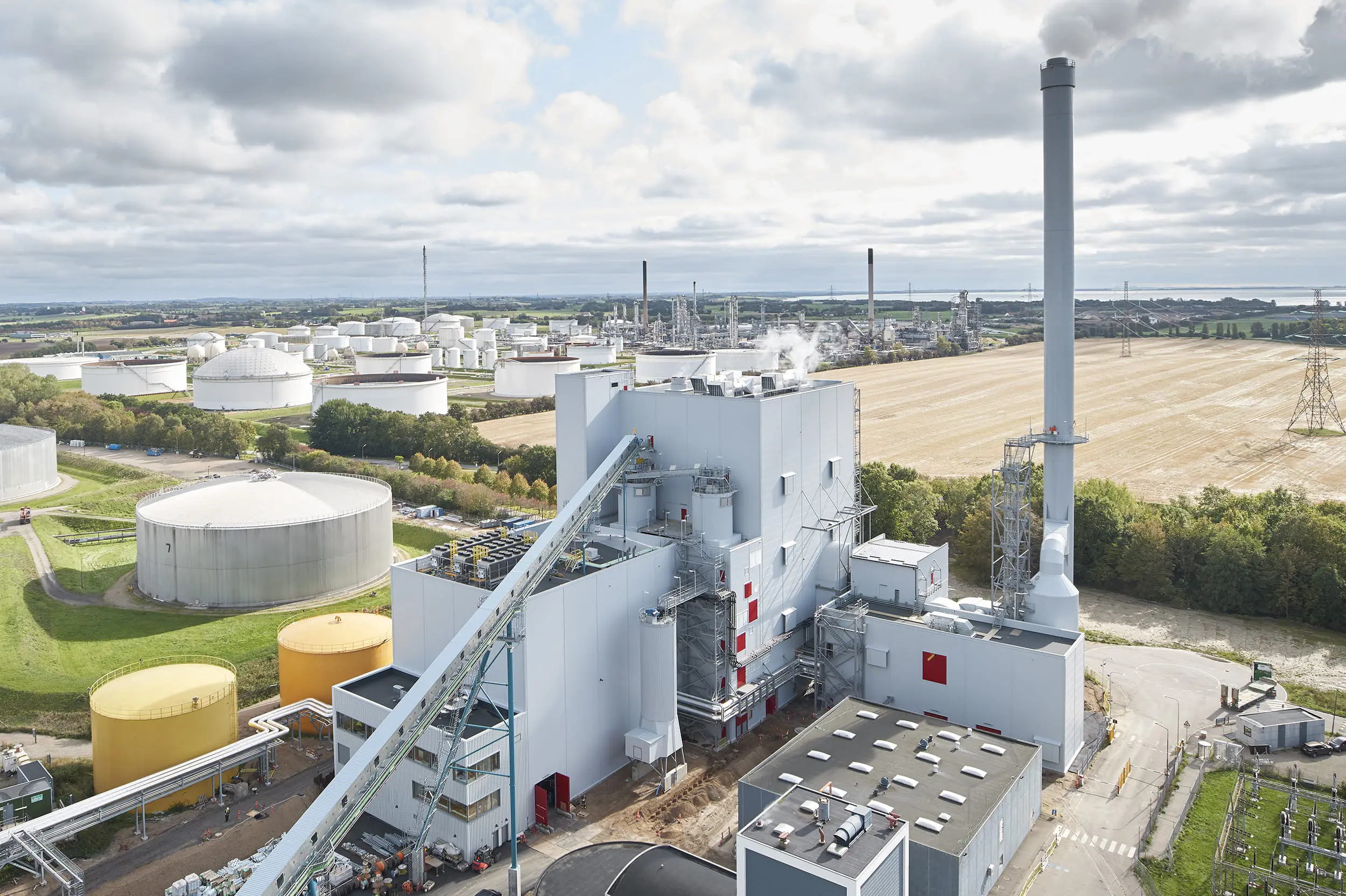
The Danish Energy Agency (DEA) has awarded Ørsted a 20-year contract for its carbon capture and storage (CCS) Ørsted Kalundborg Hub project. Ørsted will establish carbon capture at its wood chip-fired Asnæs Power Station in Kalundborg in western Zealand and at the Avedøre Power Station’s straw-fired boiler in the Greater Copenhagen area.
“We’re incredibly pleased with the outcome of the tender process, and we look forward to initiating the work of establishing a carbon capture facility at two of our combined heat and power [CHP] plants running on sustainable straw and wood chips,” said Ole Thomsen, senior vice president and head of Ørsted’s bioenergy business. “According to the UN’s Intergovernmental Panel on Climate Change [IPCC], capture and storage of biogenic carbon dioxide [CO2] is one of the tools we must use to fight climate change, and our CCS project will contribute significantly to realizing the politically decided Danish climate targets for 2025 and 2030.”
During 2025, the Asnæs and Avedøre CHP plants will begin to capture and store biogenic carbon, and at the beginning of 2026, the two units will capture and store approximately 473,994 tons (430,000 tonnes) of biogenic CO2 every year. The realization of the project will be the first step in establishing a large-scale CO2 infrastructure across Denmark as the Asnæs Power Station will not only serve as hub for the capture and shipping of Ørsted’s own biogenic CO2, but potentially also for shipping CO2 produced by other emitters.
Ørsted has teamed up with Aker Carbon Capture, a Norwegian carbon capture technology and development company that has a field-proven and proprietary carbon capture solution. As carbon capture provider, Aker Carbon Capture will deliver five Just Catch units to the CHP plants. The Just Catch standardized concept is a modular and configurable offering, which enables efficient production and deployment of carbon capture units.
The 473,994 tons of biogenic CO2 from the Asnæs and Avedøre CHP stations will be shipped to the Northern Lights storage reservoir in the Norwegian part of the North Sea. Ørsted has entered a contract with Northern Lights, the group developing a CO2 transport and storage infrastructure. Phase one of the Northern Lights project will be completed in 2024 and is the most mature carbon storage site in the North Sea.
“We’re very pleased that Ørsted has selected Northern Lights as CO2 storage provider. This agreement confirms the commercial potential for CCS and demonstrates that the market for transport and storage of CO2 is evolving rapidly,” says Børre Jacobsen, managing director of Northern Lights.
By capturing the biogenic carbon from biomass-fired combined heat and power plants and storing it underground, it is possible to not only reduce, but also remove CO2 from the atmosphere, as biogenic carbon from sustainable biomass is part of a natural biogenic carbon cycle. Thereby, you create negative emissions.
Carbon Removal
In March 2021, Ørsted, Aker Carbon Capture, and Microsoft signed an agreement to, among other things, drive forward the process of reaching actual operation of a commercial and technical setup that combines carbon capture and clean energy production via biomass-fired combined heat and power plants. In direct support of this new project, Microsoft has agreed to purchase 3.04 million tons (2.76 million tonnes) of high-quality, durable carbon removal over 11 years from the capture and storage of biogenic carbon from the Asnæs Power Station. This represents one of the world’s largest carbon removal offtake agreements by volume, to date.
“Our landmark long-term agreement with Ørsted for high-quality carbon removal supports Microsoft’s commitment to become carbon-negative by 2030, sends a strong demand signal to scale the market, and showcases the power of partnership and the technological innovation needed to help the world make the clean energy transition,” said Melanie Nakagawa, Chief Sustainability Officer at Microsoft.
Ørsted said that the agreement with Microsoft demonstrates the commercial value associated with carbon capture and removal. Given the nascent state of bioenergy-based CCS, Danish state subsidies and Microsoft’s contract were both necessary to make this project viable.
This partnership demonstrates how decarbonized solutions can mature and scale when offtakers, operators, technology providers, and policy makers collaborate closely. By creating a commercial setup of negative emissions that provides transparency and lowers the cost and time to market for carbon offsets, CCS can move from relying on subsidies to operating on market terms. This is similar to the development of other renewable energy solutions, such as solar and wind energy.
Surplus Heat
The carbon capture process will be heat-integrated with the CHP plants, enabling district heating to be supplied both in Kalundborg and the Greater Copenhagen area. The carbon capture process at Avedøre Power Station’s straw-fired boiler has the potential to regenerate approximately 35 MW of surplus heat, and the carbon capture process at Asnæs Power Station has the potential to regenerate approximately 50 MW of surplus heat, corresponding to the annual district heating consumption of approx. 11,000 and 20,000 Danish households, respectively.
The tender procedure is fully completed when the contract has been signed by Ørsted and the DEA. Signing is expected to take place shortly after expiry of the mandatory standstill period. Ørsted expects to begin the construction of carbon capture units at Asnæs and Avedøre combined heat and power stations in June 2023.

